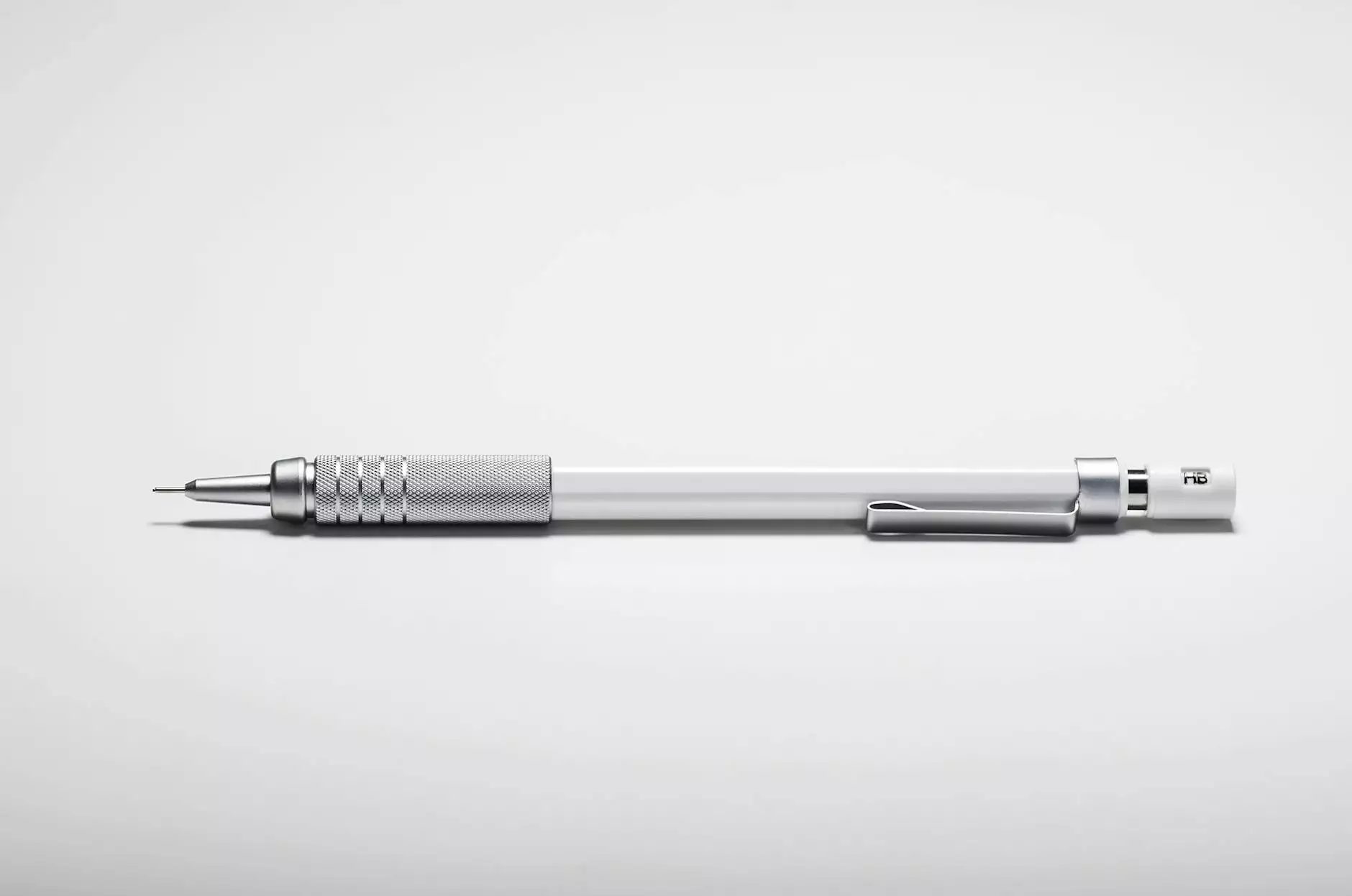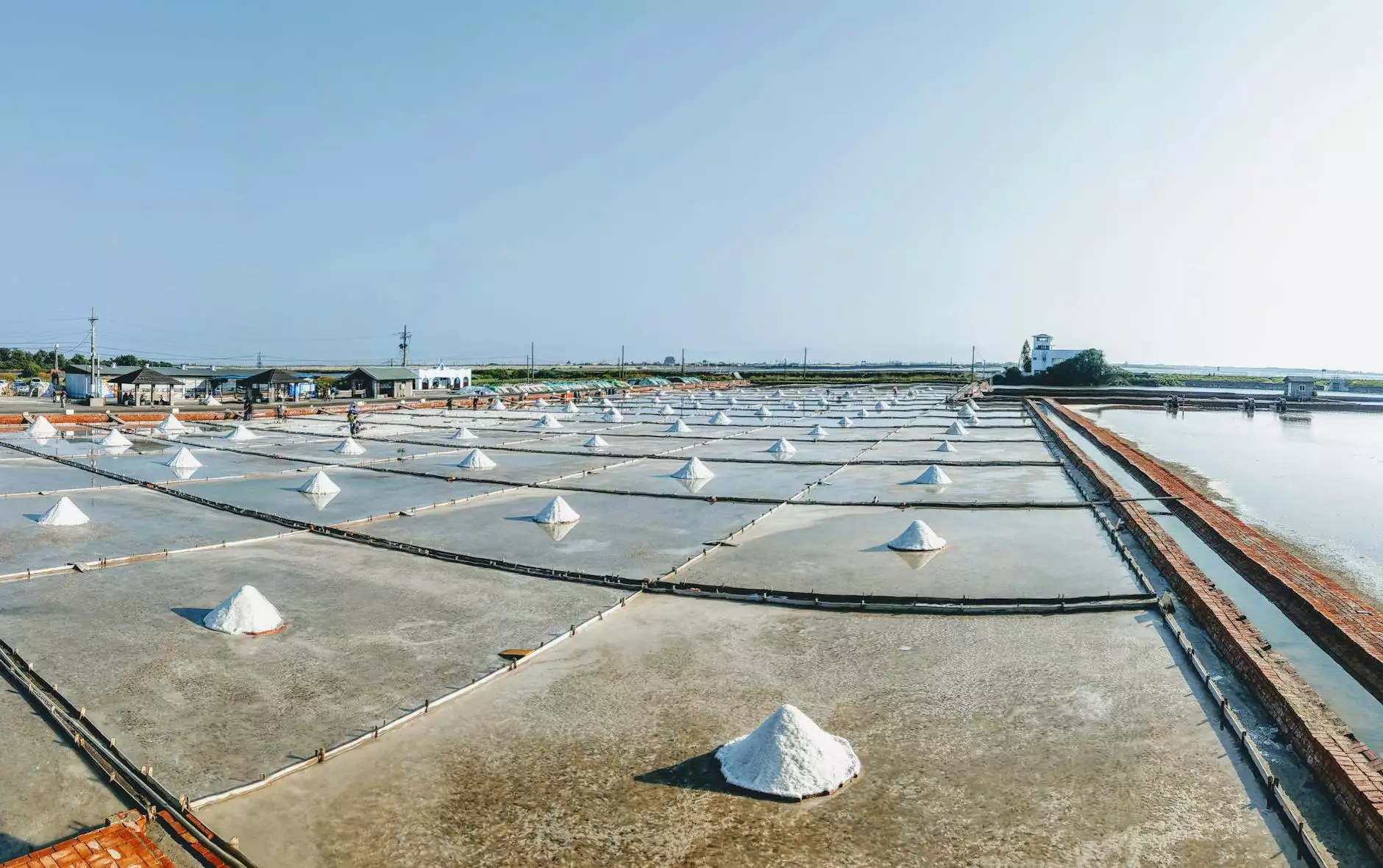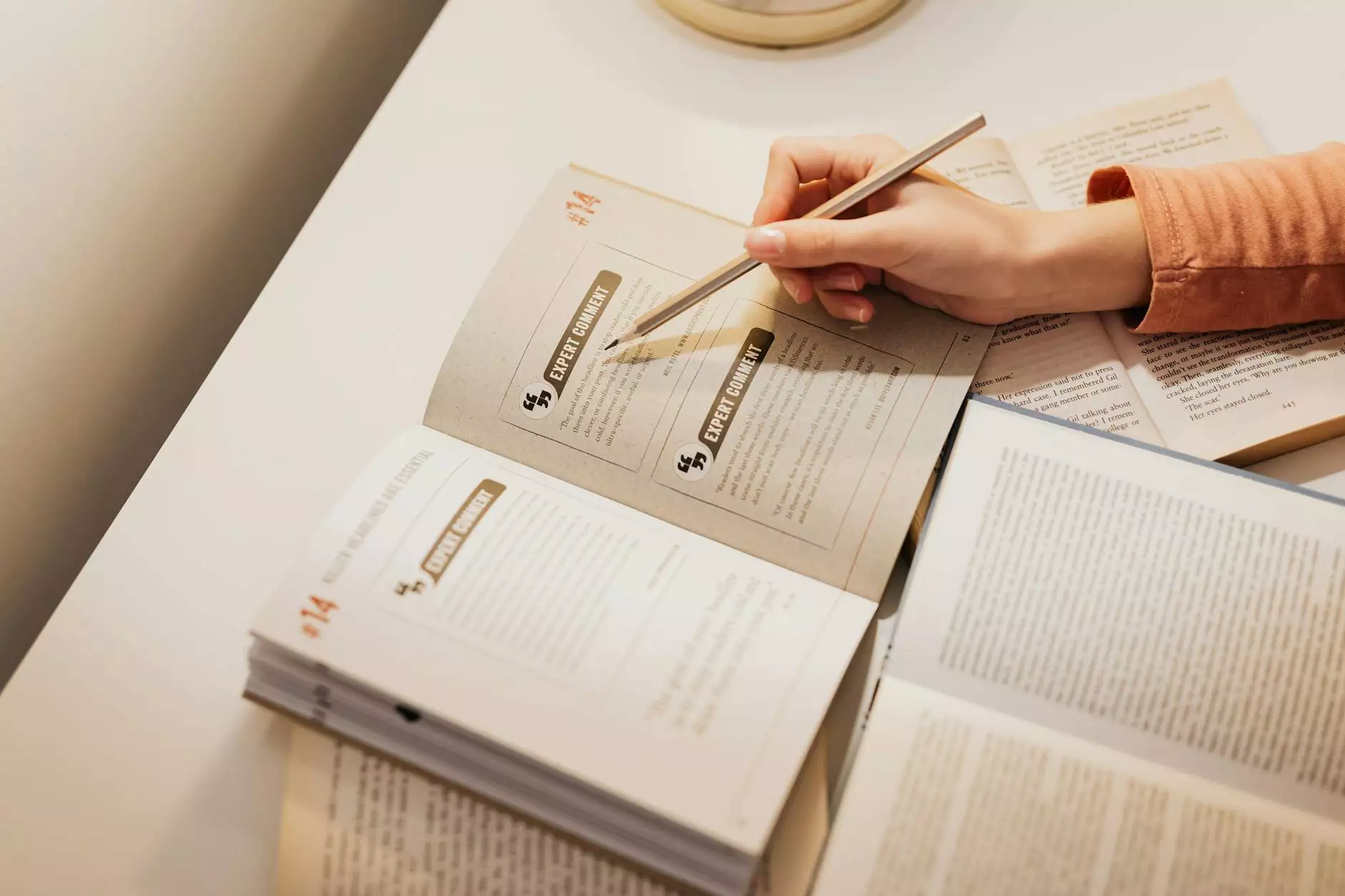The Ultimate Guide to Longboard Flex: Understanding, Choosing, and Enjoying Your Ride

Longboard flex is a term that refers to the amount of give or bend in a longboard deck. This characteristic is crucial for performance and rider experience, influencing factors such as how a board handles turns, absorbs shock, and provides overall ride comfort. This comprehensive guide delves deep into the intricacies of longboard flex, helping enthusiasts and beginners alike make informed decisions when selecting their skateboards.
What is Longboard Flex?
The flex of a longboard defines its ability to bend under weight. Different longboards exhibit varying degrees of flex due to their construction, materials, and design. Generally, longboard flex can be classified into three main categories:
- Stiff Flex: Ideal for speed and stability, these boards provide minimal bending, making them perfect for downhill racing.
- Medium Flex: A balance between flexibility and strength, these boards cater to a wide range of riding styles, from cruising to freestyle.
- Soft Flex: Best suited for carving and tricks, soft flex boards absorb shocks and provide added comfort on rough terrains.
Importance of Longboard Flex
Choosing the right longboard flex is vital for an enjoyable and safe riding experience. The flex impacts several performance aspects, including:
1. Ride Comfort
A flexible board can better absorb shocks from bumps and rough surfaces, resulting in a smoother ride. Riders looking to use their longboards for daily commuting or casual cruising often prefer a softer flex for added comfort.
2. Maneuverability
Boards with more flex allow for easier turns and quick maneuvers. For riders who enjoy carving and tricks, a medium to soft flex board provides the necessary responsiveness.
3. Stability
Stiffer boards tend to be more stable at high speeds, providing confidence for downhill riders. If your primary goal is racing or fast downhill rides, a board with minimal flex is typically the better choice.
Factors Affecting Longboard Flex
Understanding the aspects that affect longboard flex can help you better evaluate your options:
1. Material Composition
The materials used in longboard construction significantly impact flex. Common materials include:
- Maple Wood: Known for its stiff properties, maple boards are often used in stiffer longboards.
- Bamboo: A popular choice for those seeking a flexible board; bamboo provides excellent shock absorption.
- Fiberglass: Frequently combined with wood to enhance both strength and flexibility.
2. Deck Shape and Design
The shape and design of the board also influence its flex. Decks that feature drop-through and drop-down designs generally exhibit more flex due to the way they are constructed. Understanding how shape affects flex can guide your selection process.
Choosing the Right Longboard Flex for Your Riding Style
Selecting the right longboard flex involves considering your personal riding style, preferences, and needs. Here’s a breakdown based on different skating styles:
1. Commuting
If your primary use for the longboard is daily commuting over various terrains, a medium to soft flex board is advisable. These boards offer a balance of comfort and responsiveness, making them ideal for urban settings.
2. Carving and Tricks
For riders who enjoy carving and tricks, a softer flex board enhances maneuverability and control. The added flex allows the board to respond quickly to movements, making it easier to perform tricks and navigate turns.
3. Downhill Racing
Stiff flex boards are essential for downhill racing. The minimal flex provides stability and control at high speeds, allowing riders to maintain their balance and stability during sharp turns and descents.
Testing Longboard Flex
Before making a purchase, it is crucial to test the longboard flex yourself, if possible. Here are some tips on testing flex:
- Foot Test: Stand on the board and apply your weight to see how it flexes. Note whether it feels too stiff or too flexible for your preferences.
- Flex Comparison: Try several boards with different flex levels. This will give you a more comprehensive understanding of how flex affects your ride.
- Ride Test: If you can, take the longboard for a short ride. This real-world experience will let you better gauge the flex in action.
Popular Longboards by Flex Type
Many brands cater to various riding styles and flex preferences. Here are some popular choices that exemplify different flex types:
Stiff Flex Boards
Examples include:
- Sector 9 Lookout: Ideal for downhill racing with added stability.
- Land Yachtz Switchblade: Known for its directional stability, perfect for riders focusing on speed.
Medium Flex Boards
These boards provide versatility for various styles. Notable models include:
- Santa Cruz Longboards Land Shark: Great for cruising with a touch of performance.
- Loaded Tan Tien: A perfect blend of flex and responsiveness, suitable for carving.
Soft Flex Boards
Soft flex boards are perfect for those demanding comfort and maneuverability. Consider:
- Mindless Longboards Gypo: Outstanding flexibility for tricks and dorm room enjoyment.
- White Fang Longboard: Designed for fun at a cruising speed, featuring a responsive flex.
Conclusion: The Joy of Riding with the Right Longboard Flex
Selecting the right longboard flex is pivotal to unlocking your true potential on a longboard. Whether you are commuting, carving, or racing downhill, understanding the impact of flex on your style will improve your overall experience. Dive deep into the longboard world, explore the options, and let your riding style shine with the perfect longboard flex.
For high-quality longboards that cater to all styles and preferences, visit Exwayboard and discover the board that’s right for you!









